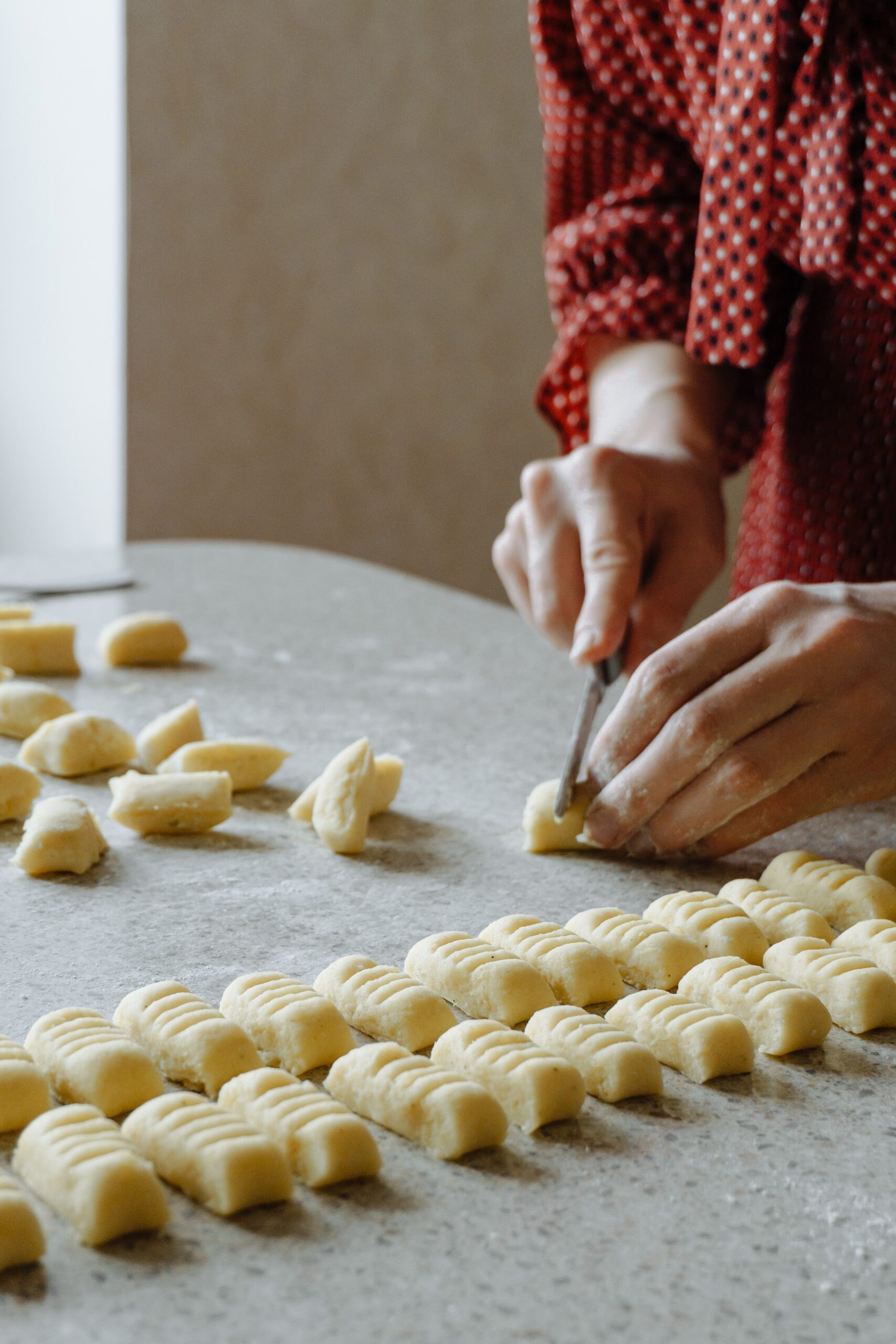
Gnocchi is a popular Italian pasta made from potatoes and flour. It’s a versatile ingredient that can be boiled, baked, or fried and served with various sauces. But what happens if you make too much gnocchi or have some leftover? Can you freeze gnocchi? And if so, how do you do it? In this blog post, we’ll explore the answers to these questions and more.
Follow me on Instagram (@may.eighty.five) for more easy everyday recipes and kitchen tips. I can’t wait to connect with you!
What is Gnocchi made of?
Gnocchi is an Italian pasta that is typically made with potatoes, flour, and sometimes eggs. The potatoes are boiled until they are soft, mashed, and then mixed with flour to form a dough. The dough is then rolled out and cut into small pieces, which are traditionally shaped by pressing them against a fork or a gnocchi board to create ridges that can hold onto sauce. Gnocchi can also be made with other ingredients such as ricotta cheese, spinach, or pumpkin, depending on the recipe. If you are looking to try making gnocchi at home, try this recipe from Epicirous!
Suggested: One Pan Recipe – Cheesy Baked Gnocchi with Italian Sausage
Can you freeze Gnocchi?
The short answer is yes, you can freeze gnocchi. Whether you have uncooked gnocchi dough, cooked gnocchi, or leftover gnocchi, freezing is an excellent way to preserve it for later use. Freezing gnocchi is particularly helpful if you have a lot of it or won’t be using it for a while. I especially love portioning in freezer bags for quick meals during the week. However, there are a few things to keep in mind when freezing gnocchi.
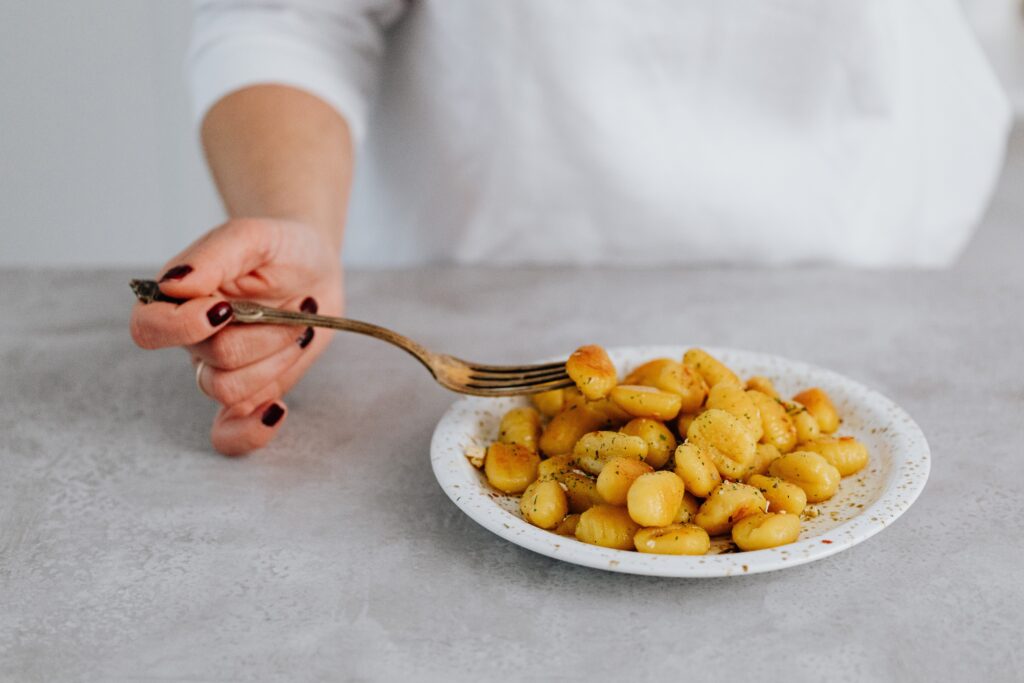
Do Gnocchi Freeze Well?
Yes, gnocchi freezes well and can be frozen both cooked and uncooked. Freezing gnocchi is a great way to preserve it and have it on hand for later use.
How To Freeze Gnocchi
Freezing Gnocchi Dough
If you have uncooked gnocchi dough, you can freeze gnocchi dough by following these steps:
- Shape the gnocchi dough into small balls or rolls.
- Place the gnocchi dough on a baking sheet lined with parchment paper.
- Put the baking sheet in the freezer and let the gnocchi dough freeze for about an hour or until firm.
- Transfer the frozen gnocchi dough to a freezer bag or airtight container.
- Label the bag or container with the date and freeze for up to three months.
Freezing Cooked Gnocchi
If you have cooked gnocchi and want to freeze it, you can freeze cooked gnocchi by following these steps:
- Cook the gnocchi in salted water for about two to three minutes.
- Drain the gnocchi and let it cool.
- Spread the cooked gnocchi in a single layer on a baking sheet lined with parchment paper.
- Put the baking sheet in the freezer and let the gnocchi freeze for about an hour or until firm.
- Transfer the frozen cooked gnocchi to a freezer bag or airtight container.
- Label the bag or container with the date and freeze for up to three months.
Freezing Leftover Gnocchi
If you have leftover gnocchi that you want to freeze, you should follow these steps:
- Let the cooked gnocchi cool to room temperature.
- Transfer the gnocchi to a freezer bag or airtight container.
- Label the bag or container with the date and freeze for up to three months.
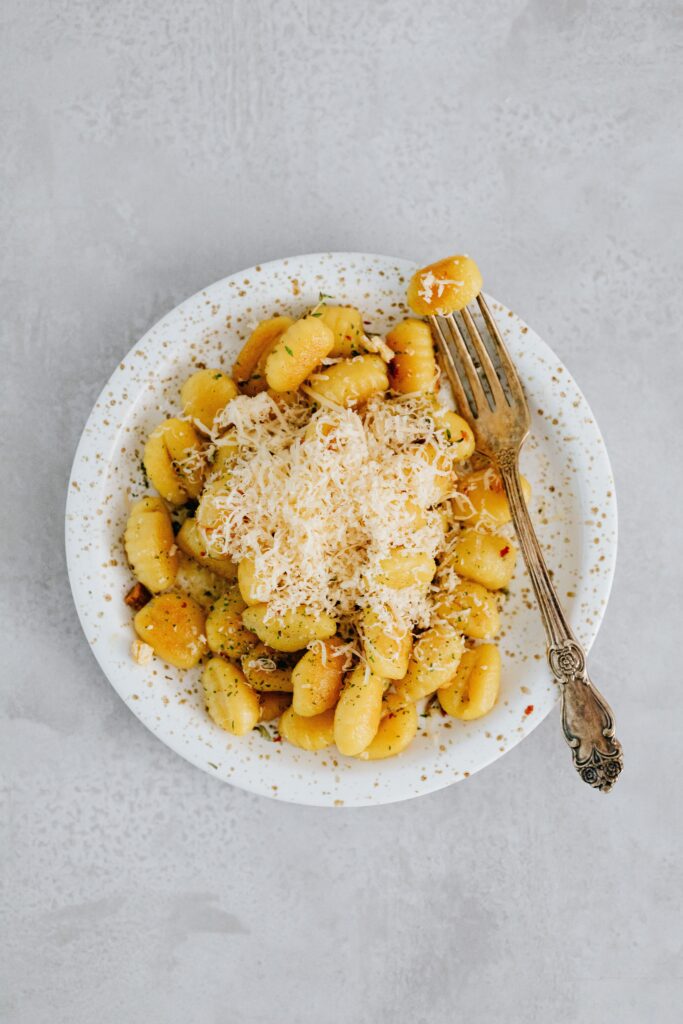
How long can you freeze Gnocchi for?
Gnocchi can be frozen for up to three months. It’s important to label the container or bag with the date of freezing so that you can keep track of how long it has been in the freezer.
After three months, the quality of the gnocchi may start to deteriorate, and it may develop freezer burn, which can affect its texture and flavor. If you need to freeze gnocchi for longer than three months, it’s best to cook it first and then freeze it, as cooked gnocchi tends to freeze better than uncooked gnocchi.
It’s also important to note that the quality of the gnocchi may be slightly affected by the freezing process, and it may become slightly softer or mushy after thawing. However, if you cook it correctly, you can still enjoy its delicious flavor and texture.
Suggested: How to Properly Freeze Chili
How to Defrost Gnocchi
When you’re ready to use the frozen gnocchi, you should remove it from the freezer and let it defrost in the refrigerator overnight. You can also defrost it by placing the frozen gnocchi in boiling water for about two to three minutes or until heated through. Be careful not to overcook the gnocchi, or it may become mushy and can start sticking together.
Tips for Cooking Gnocchi
Here are some expert tips for cooking gnocchi to ensure that it turns out perfectly:
- Use a large pot of boiling, salted water: Gnocchi should be cooked in a large pot of boiling water with plenty of salt added to enhance its flavor. Using a small pot of water can result in overcrowding, which can cause the gnocchi to stick together and become mushy.
- Cook gnocchi in small batches: Cook gnocchi in small batches to avoid overcrowding the pot. This will help the gnocchi cook more evenly and prevent it from sticking together.
- Watch for when the gnocchi float to the surface: Once you have added the gnocchi to the boiling water, they will sink to the bottom of the pot. When they float to the surface, they are cooked through and ready to be removed from the water.
- Don’t overcook gnocchi: Overcooking gnocchi can cause it to become mushy and lose its shape. As soon as the gnocchi float to the surface of the water, remove them from the pot using a slotted spoon or a spider.
- Sauté or bake gnocchi after cooking: After boiling the gnocchi, you can sauté e it in a pan with butter, garlic, and herbs, or bake it in the oven with your favorite sauce and cheese. This will help to give it a crispy texture on the outside while remaining soft and fluffy on the inside.
By following these tips, you can ensure that your gnocchi turns out perfectly every time, with a delicious flavor and a satisfying texture.
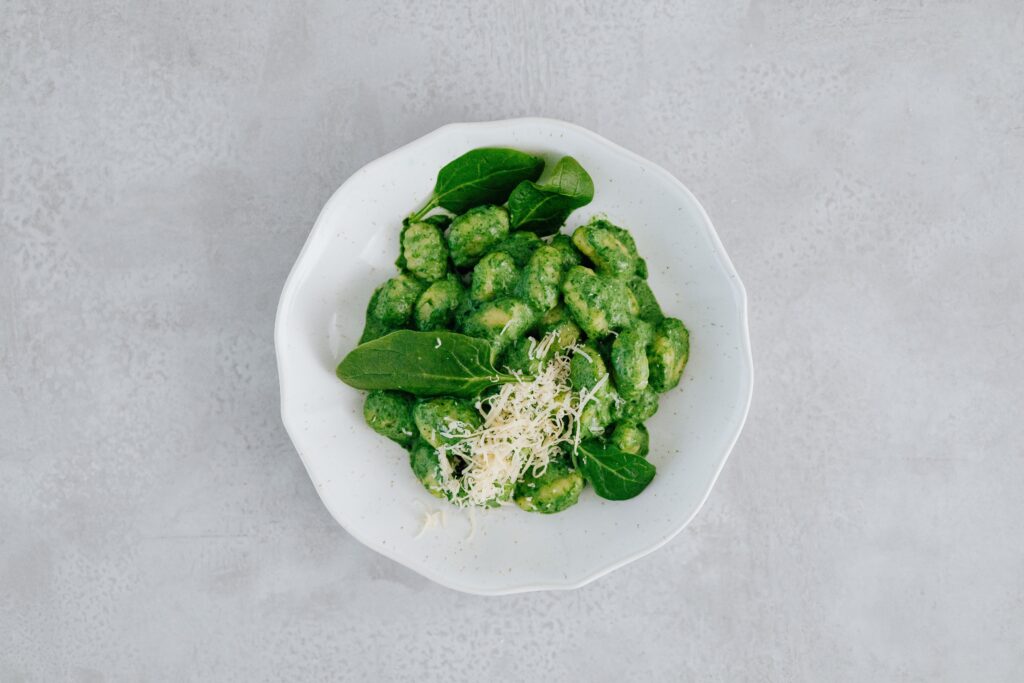
Can You Refreeze Gnocchi?
It is generally not recommended to refreeze gnocchi, or any food for that matter, after it has already been frozen once. This is because when food is frozen and then thawed, it undergoes changes in texture and flavor due to the formation of ice crystals that can damage its structure.
Refreezing gnocchi may also increase the risk of bacterial growth, which can lead to foodborne illnesses. Once you have thawed gnocchi, it should be cooked and consumed within a few days to ensure its safety and quality.
To avoid the need to refreeze gnocchi, it’s best to portion it out before freezing, so you can thaw only the amount you need for a particular recipe. This will help you reduce waste and ensure that your gnocchi retains its texture and flavor.
Final Thoughts
Freezing gnocchi is an excellent way to preserve this delicious pasta for later use. Whether you have uncooked gnocchi dough, cooked gnocchi, or leftover gnocchi, freezing is easy and convenient. Just remember to follow the proper steps to ensure that your gnocchi doesn’t stick together or become mushy when you defrost it. With these tips, you can enjoy your favorite gnocchi recipes any time you want, without the hassle of making it from scratch every time.

Christopher is a food and lifestyle expert, recipe developer and the content creator behind May Eighty Five. With years of experience in the kitchen, he also shares tips, tricks and how to’s that he has learnt over the years. Every week, he shares quick, simple and mostly healthy recipes along with some home and entertaining tips. You will find flavorful cocktails, delicious appetizers, tasty mains and some indulgent desserts. As a home decor enthusiast, he also likes to share simple DIY projects and simple tips for a beautiful home.



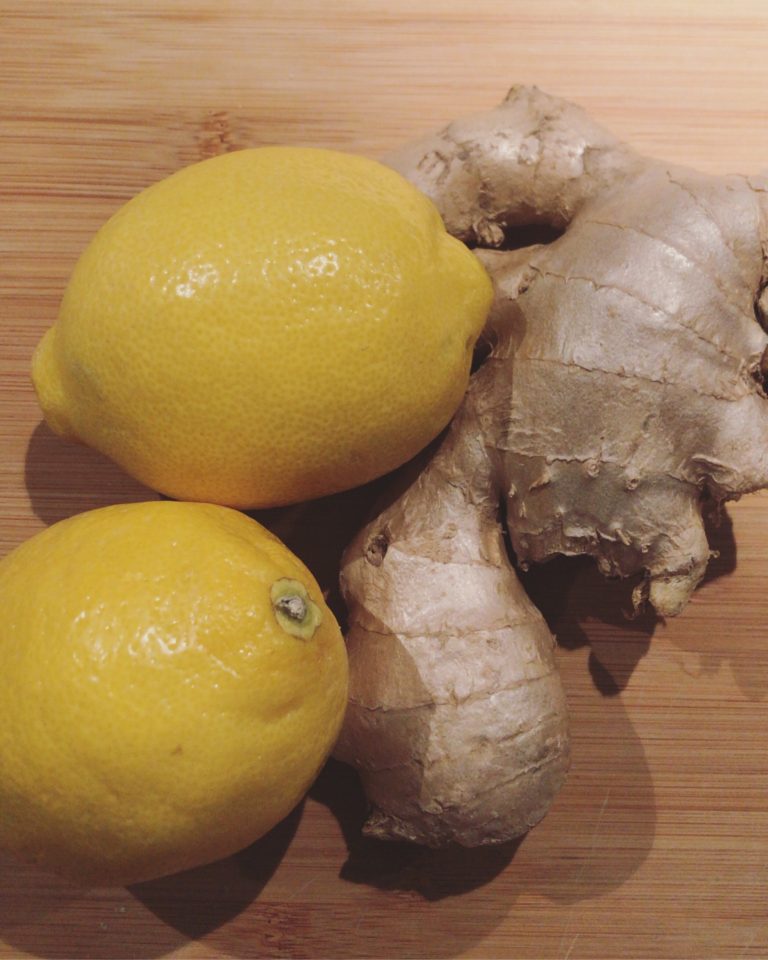
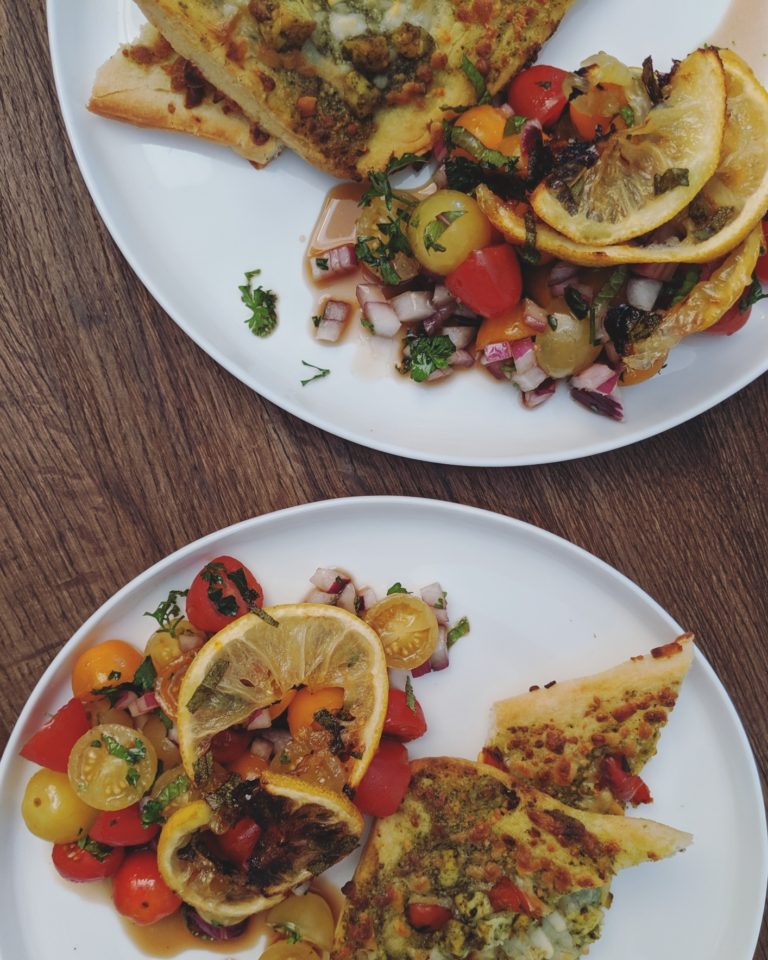
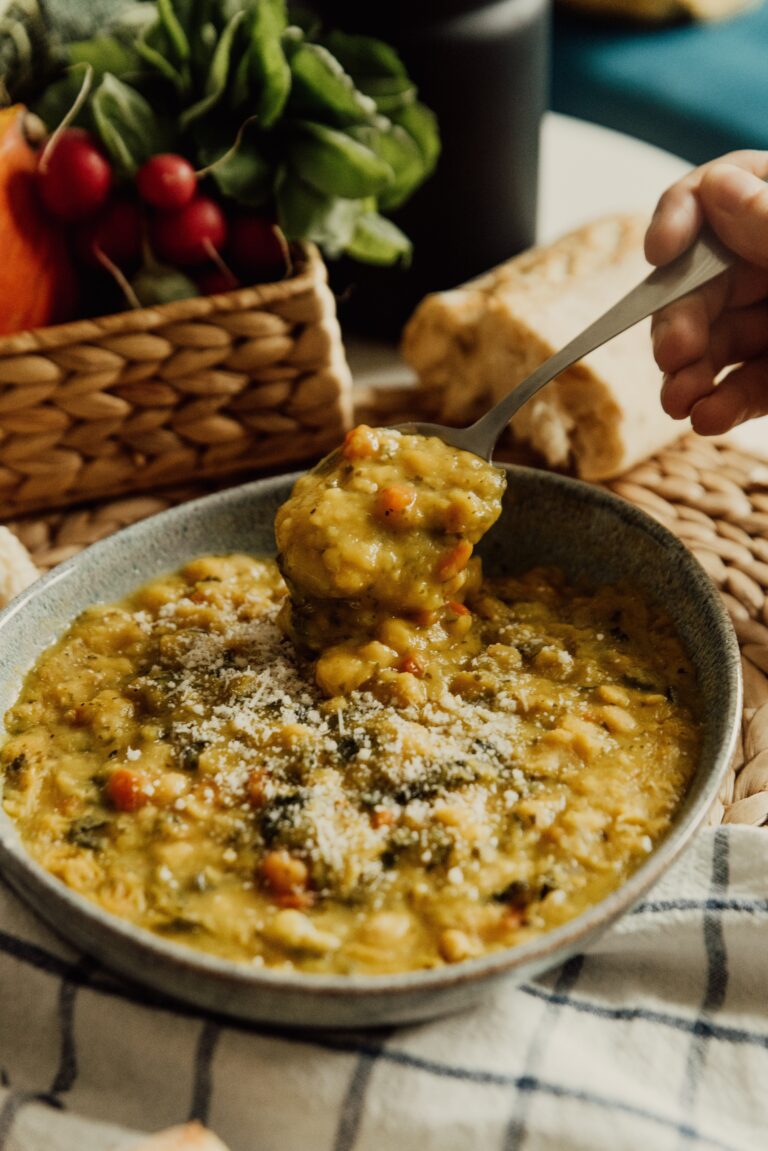
3 Comments